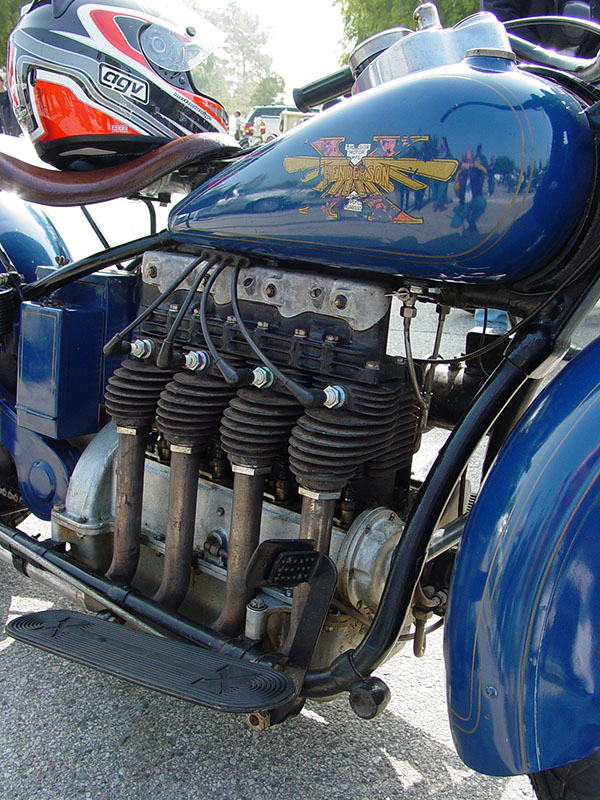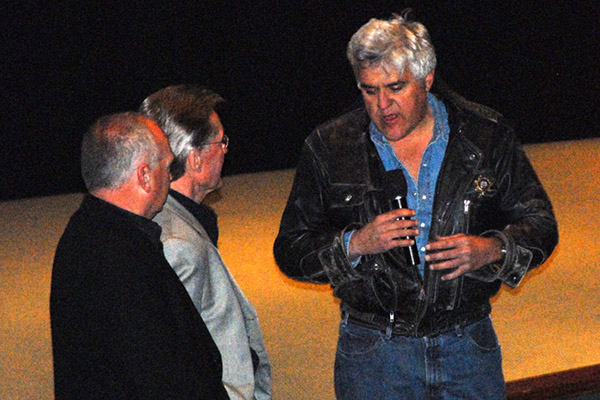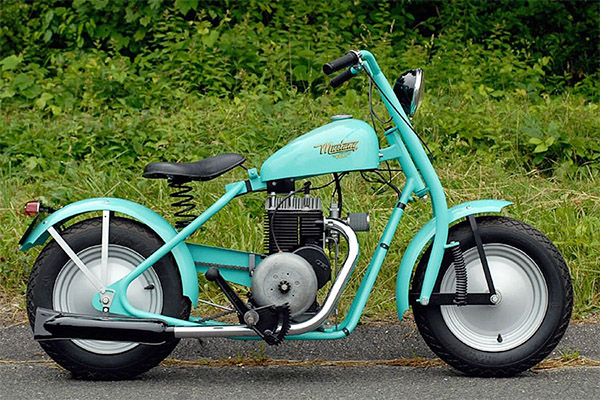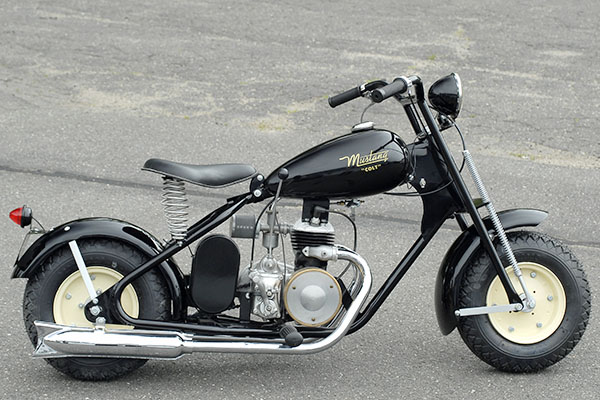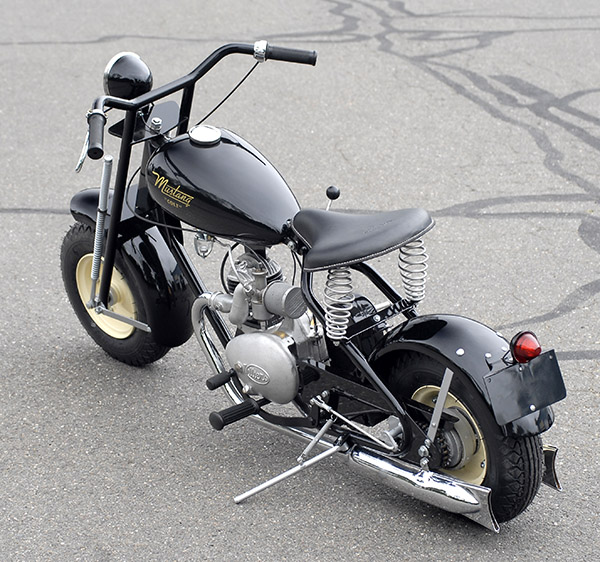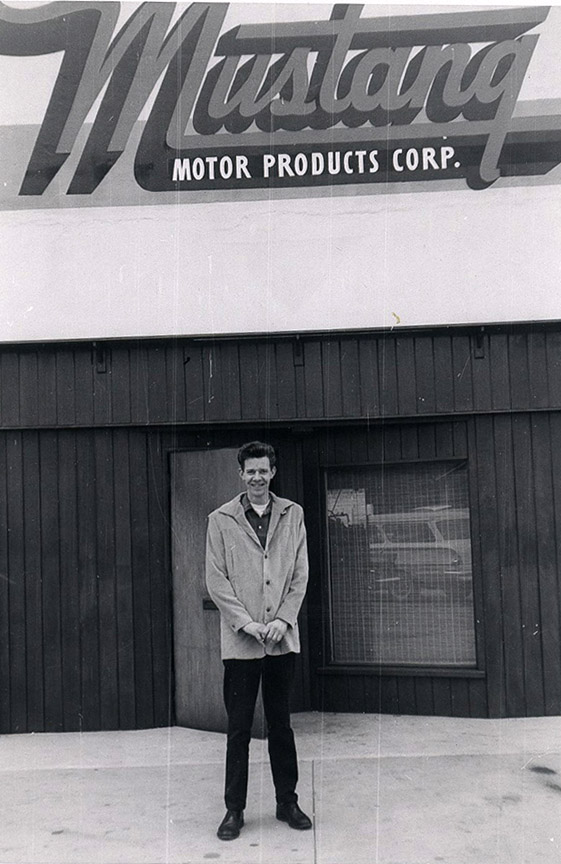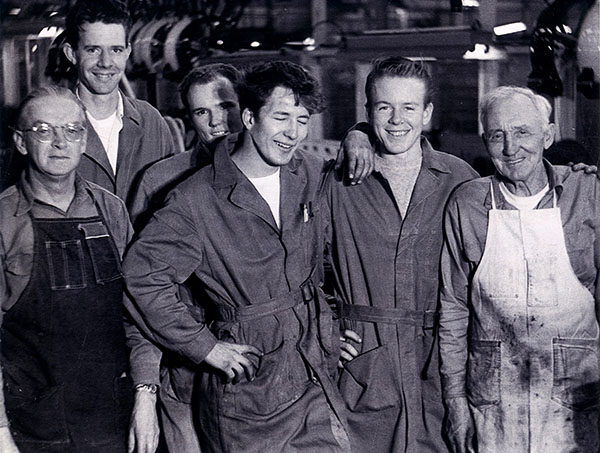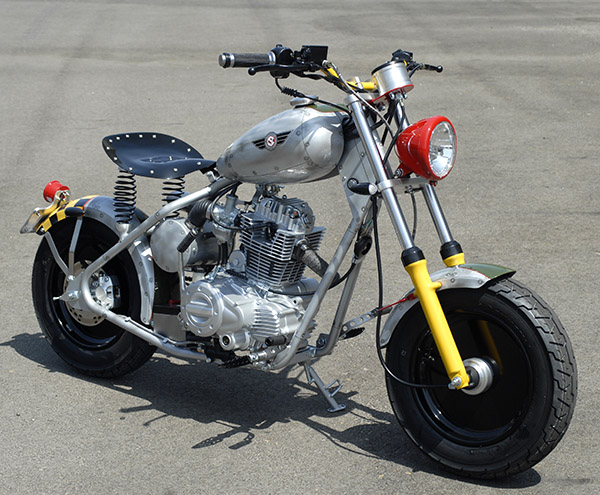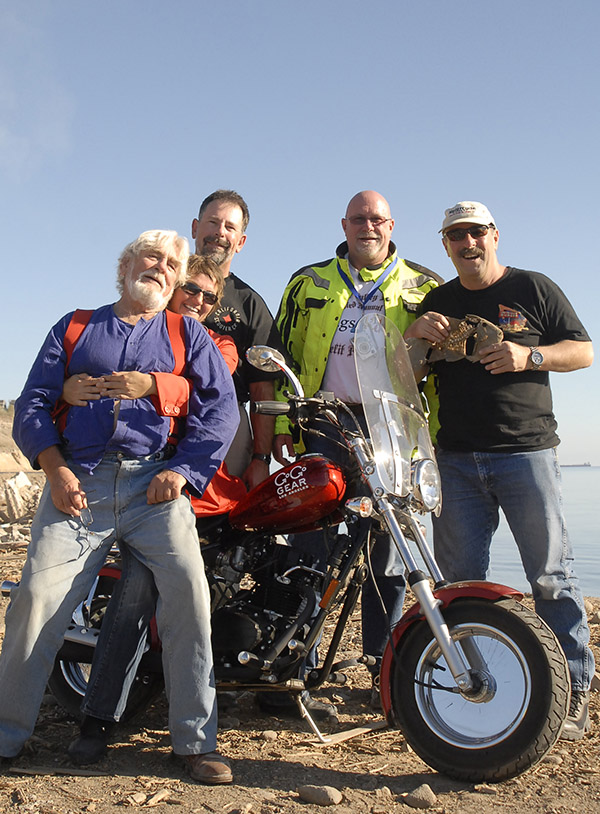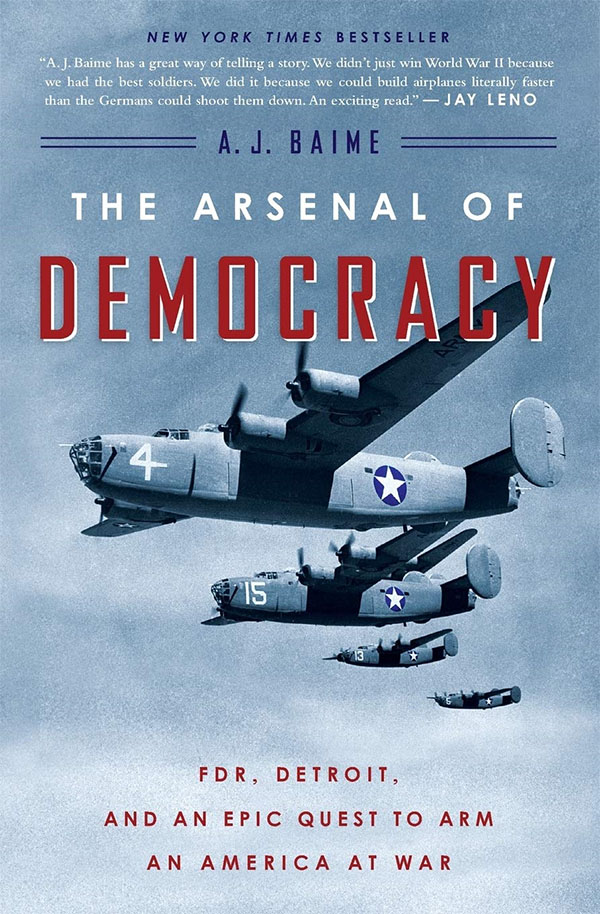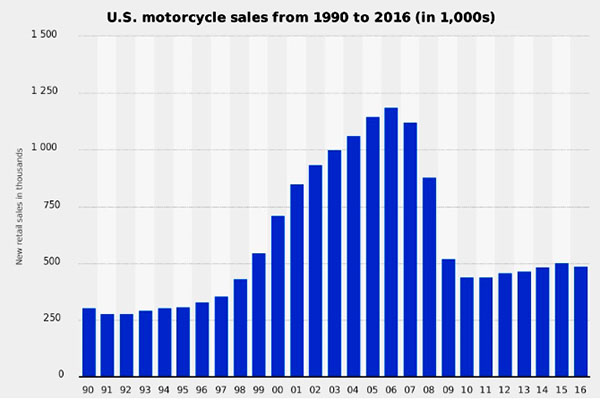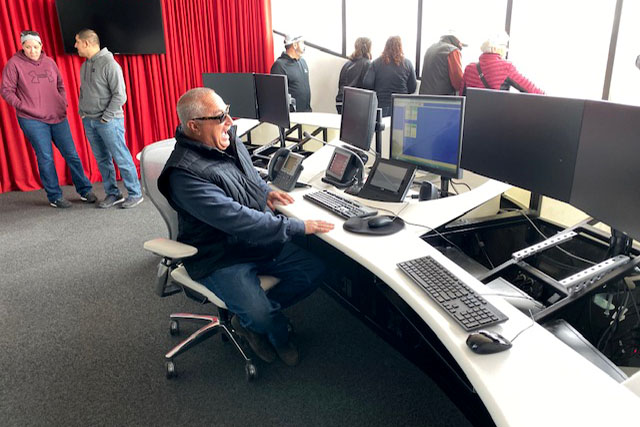
Fifty or so miles north of Las Cruces, New Mexico and just over the mountains from White Sands Missile Range lies a huge bet on the future. The bet was placed almost 20 years ago and it’s been a 200 million-dollar, back and forth political football game to get to where we are today: Spaceport America, New Mexico.
Depending on which major party was in charge of New Mexico’s state government Spaceport has been alternately starved, funded or sabotaged. Some politicians hoped the thing would fail and worked towards that goal. Other politicians hoped it would put New Mexico on the front row of the commercial space race and threw taxpayer money at the project. If that wasn’t enough a well-publicized disaster with major tenant Virgin Galactic’s space plane and the collapse of oil prices (New Mexico gets huge sums of tax money from the oil industry) only increased the headwind.
The very access road to Spaceport is an example. Paved only in 2018, 10 years after construction began. Before that, heavy equipment and materials had to be hauled to the job site 50 extra miles via the town of Truth or Consequences or attempt a direct route from Las Cruces over a rough dirt road impassable during the wet. As usual, political gamesmanship made the project harder, costlier and take longer.

Hopefully all that is behind us. Virgin Galactic plans on moving its headquarters to Spaceport in 2020. The White Knight, first stage of Galatic’s commercial flight system, rests snugly in Sir Richard Branson’s curvy-sexy Spaceport hanger. Boeing, UP Aerospace, EXOS Aerospace, HyperSciences and SpinLaunch have become tenants. At least 20 successful launches have flown from Spaceport. These enthusiastic space pioneers are basically wealthy kids, the same as we were with our Estes model rockets except they are using real rockets.
While the site is “substantially complete” at this time and ready for business you get the feeling there are a lot of loose ends to tie. The public has access to Spaceport but you’ve got to be with a tour group as they don’t want idiots wandering around falling into drainage ditches or accidentally pushing flashing red buttons and causing rockets to launch. Tours start from Las Cruces or Truth or Consequences. We took the Las Cruces tour because we were going to Deming’s Tractor Supply for a 3-point box blade. I like to mix cutting-edge Aerospace facilities with dirt moving equipment whenever I can.
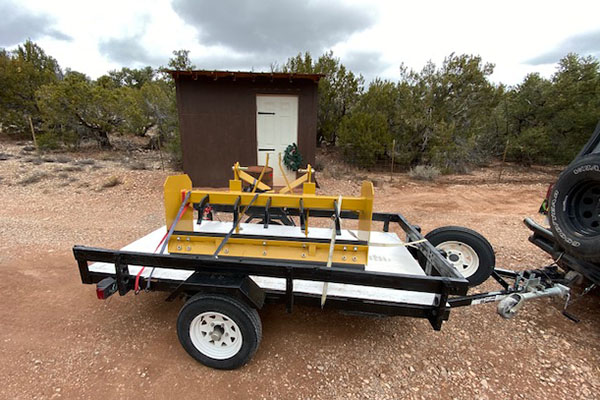
Once past the security gate you wonder where that 200 million dollars went as there are only two buildings of any size on the property. My guess is the lion’s share went into the 2-mile-long, 200-foot-wide, 42-inch-thick, multilayer runway. This thing has crushed rock, several courses of varying density concrete, a layer of asphalt and a thick topcoat of concrete. It looks like you could land a battleship on Spaceport’s runway.

The first building we visited was the main office and flight control tower. This domed structure was constructed using an inflated bladder, which was then shot with sprayed concrete material. After the dome mud set up the bladder was deflated and the interior shot with more sticky goo. You can build a high ceiling without internal supports using this method but the ones I’ve seen in the past all cracked.
The entrance area shows signs of deterioration already. High overhead, ill fitting, water damaged sections of patched drywall look like a buttery layer cake that has slipped a layer. Gaping holes on the exterior of the building reveal wires and skeletal metal studs. It’s sloppy work that people like me notice. I mean, this is the very first place visitors to Spaceport see. I’d appreciate it if management pulled the maintenance crew off of life support projects and tidied up the front door.
The flight control room is a fairly simple set up. It’s nothing like Mission Control in Houston. One 3-dimensional curved desk with computer monitors spanning the width of the desk sits a few feet back from a large window. I find it amazing that there is no radar but the restricted airspace over Spaceport America means there are no obstacles to hit until you smack into the Andromeda Galaxy. Launches are easy here; no need to re-route airplanes or alert the local populace. They tell me flights can be scheduled in a couple days rather than months. That’s a big window of opportunity and one of the selling points of the joint.

We like to say you get the first mile free when you launch your spacecraft from New Mexico. At 4500 feet Spaceport is close enough and it’s a real fuel savings when you consider gravity is stronger the closer you get to the concrete I’ve poured in my backyard. There’s also a zillion acres of vacant land surrounding Spaceport so collateral damage from explosions and failures to launch will be limited to sagebrush and bunnies.
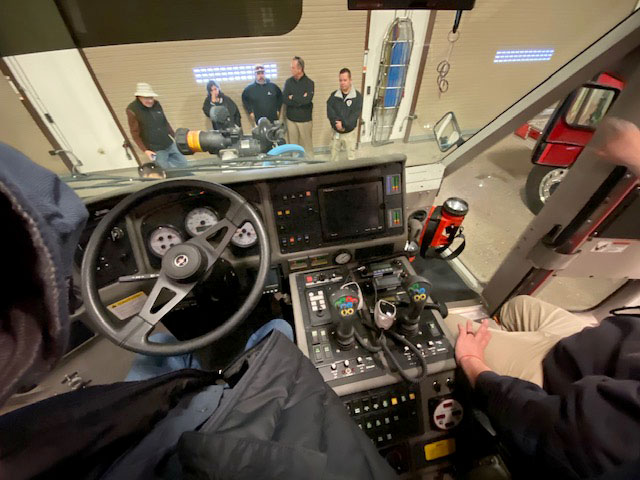
Behind the visitor center and incorporated into the same concrete dome is a 24-hour-a-day, 7-days-a-week fire-rescue operation. There are a lot of things that can go wrong with space travel before you even leave the ground so these guys are on call even when no flights are scheduled. The fire guys gave a great talk on their various duties and let us sit in the Big Mama fire truck. All their gear was spotless and ready to go. Full EMS capability with a beautiful 2-bay ambulance is on site. If I ever sever a limb during a routine training mission I want these guys taking care of me.

Sir Richard Branson’s space tourism company takes up most of Spaceport’s futuristic, crawling-out-from-the-earth hangar structure. We couldn’t see inside because the electrically controlled windows were set to opaque and our guide didn’t have access to the switch that makes them clear. Blurry photos of the Mothership were all I could get. A secret panel blended into the steel-walled entrance walk opened, leading us to a kind of waiting lounge/museum. It was real James Bond super-villain stuff. Here was the G-force spinner that takes potential astronauts up to 6 Gs in preparation for their flight. Passengers who fail the spin test can’t fly.

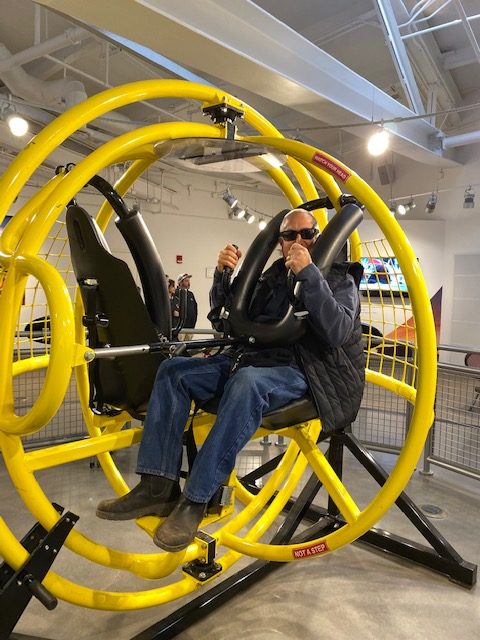
I didn’t take the spin test because I wanted to digest my breakfast in peace. At 2 Gs older folks crawled out of the machine slowly and appeared a little disoriented. A tall, skinny 14-year-old was having a ball in the machine wanting more speed all the time. You could have taken that kid to 12 Gs no problem.
Listen, lots of people think space flight is a waste of money. They believe that all earthbound problems should be solved before we wander off into space. Complaining about the government or rich folks spending their money on space adventures instead of those less fortunate is a popular pastime. I’m not one of them. I figure the rich can spend their money however they want. Helping the unfortunate is what taxes are for. Whatever is left over is yours to invest in cocaine, prostitutes or space travel.
By now you know I dig all things space related and believe the faster we blow this joint the better off the Earth will be. 2020 should be an exciting year at Spaceport because Virgin Galactic claims they will be firing some spacecraft high into the sky.
Anyone have a spare $250,000 to send me up?
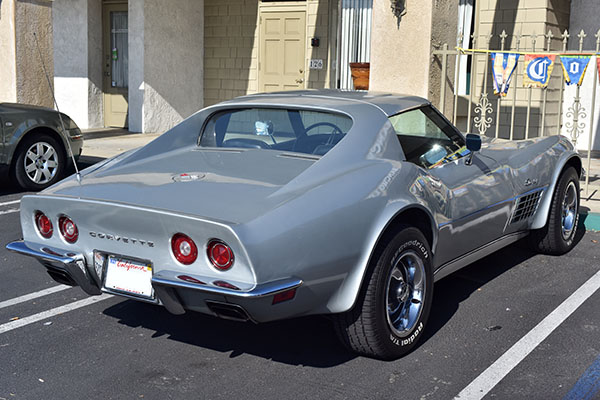
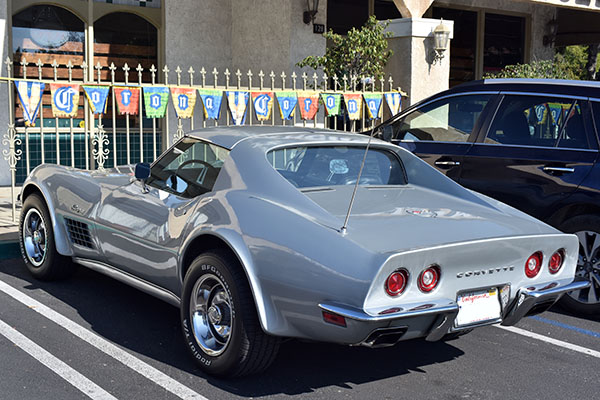 I love old Vettes, and I think the C3 body style is one of the best. I also like the C1, the C2, the C4, the C5, and well, you get the idea. I like Corvettes.
I love old Vettes, and I think the C3 body style is one of the best. I also like the C1, the C2, the C4, the C5, and well, you get the idea. I like Corvettes.



